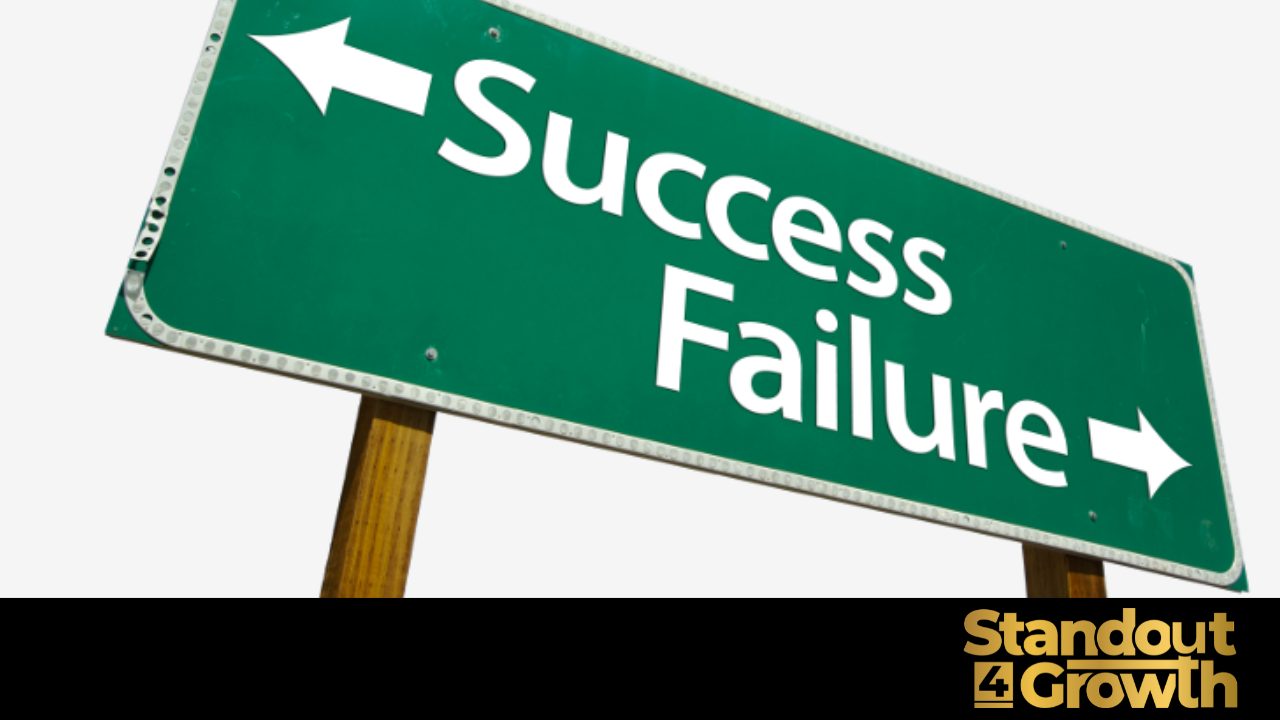
Who are you Listening to? Choose the Best Expert
Have you ever taken a step back to question your own sanity? Wondering why you ever put your trust in

During these unprecedented Covid-19 pandemic times, businesses are sailing in uncharted waters, some thriving while others fighting for survival. The unpredictability of the pandemic is also making it harder to plan for the future for businesses, hence the need to adapt and innovate.
With various countries around the world adopting measures recommended by the World Health Organization (WHO) including social distancing as well as the use of cashless transactions. For businesses and customers they have had to shift to online in place of physical interactions. This makes e-commerce one of the biggest beneficiaries of the crisis as its nature perfectly match the measures to curb the spread of Covid-19. For instance, according to the Bank Indonesia (BI), digital transactions in the country rose by 102.5% year-on-year in the first four months of 2020.
In Kenya, mobile commerce is in on rapid growth and is shaping the future of e-commerce in the country. When the Central Bank of Kenya (CBK) approved the increase of daily M-Pesa transaction limits from Kes. 70,000 ($700) to Kes. 150,000 ($1,500), the was aimed at supporting small and micro business enterprises (SMEs) and by allowing individual Mpesa wallets to host transactions of up to Kes. 300,000 ($3,000), up from the previous limit of Kes. 140,000 ($1,400) in a day, it effectively translates to consumers having more leeway to tend toward digital transactions thereby leading to an increase in consumer digital behavior.
This means therefore that Covid-19 s pushing everyone’s thoughts to digital transformation. But what does this mean for marketing executives?
To start with, changes in the marketing landscape make it necessary for marketers to adapt and innovate or die. With businesses struggling to stay afloat, it is unavoidable that marketing budgets have continued to reduce significantly, thus the need for a change in strategy.
Automation, the process of utilizing available technology tools to streamline marketing efforts and make them more effective, makes use of one or more platforms to manage all the aspects of the marketing campaigns. For marketing executives and professionals, automation offers an exciting opportunity for greater efficiency, cost reduction, and an enhanced customer experience. A business should never waste a crisis, therefore embarking on an automation journey is what will set apart the business from the rest.
Automating marketing efforts makes it easier to target customers with automated and customized messages across email, websites, social media, and texts or push notifications. A set of instructions (workflows) are used to send custom-made message templates built from scratch or modified to achieve the intended results.
The intended results are getting more leads and increased conversions rate while saving time, money, labor and reducing human error.
Research has found that businesses that use automation have seen increased leads and sales, driving a 14% in sales productivity and a 12% reduction in marketing overheads.
To fully automate the marketing process, marketers collect information from various touch points including web visits, downloads and social media activity. Then, engage in automatic direct marketing by recommending products according to each customer’s behavior.
This enables automatic scoring, qualifying and prioritizing of leads, driven directly from wider nurture campaigns.
Create landing pages that your potential clients will access directly or in directly once they click on product communication. It is the page with the call-to-action (CTA) where customers can place orders or subscribe to a newsletter, login portal or payment methods.
This will lead potential clients to exactly what step to take next and smoothly transition to a conversion stage.
The landing page should also load fast because every second delay in page loading speed can reduce your conversion rate by almost 7%. In addition, faster loading speeds will boost your search engine optimization (SEO).
This is the fulfilment stage which works to get the customer to place an order or subscribe to the services. This is the most important stage as it aims to ensure that the customer is fully satisfied. It is at this stage that Marketing Automation comes in handy to drive communication campaigns that will nurture the customer toward a sale. This can be achieved through:
As a marketer, a successful conversion does not end up on a sale or subscription. Follow up services are necessary not only to handle returns, and refunds but to also measure customer satisfaction. This will give you a basis for areas that need improvements.
Since COVID-19 remains unpredictable and will stay with us for an unforeseeable future, marketers will need to quickly adapt to the new normal by adjusting the communication messages and creating solutions that address the needs of the moment.
As a marketer, it is important to note that while embracing technology, keep a human touch. Keep in mind automation will not address the emotional side of the customers. Marketing automation guided by human hands makes a powerful marketing tool. Where the machine handles analytics and the human handles the emotions through the content that is put forward.
Read our last article on The World Of TikTok And Marketing – What You Need To Know

Have you ever taken a step back to question your own sanity? Wondering why you ever put your trust in

The proliferation of AI has made it easy to find anything one desires, including love! In this digital age, finding

A friend of mine, Thuita Gatero – Editor in Chief at Africa Digest News, casually poured out some wisdom in